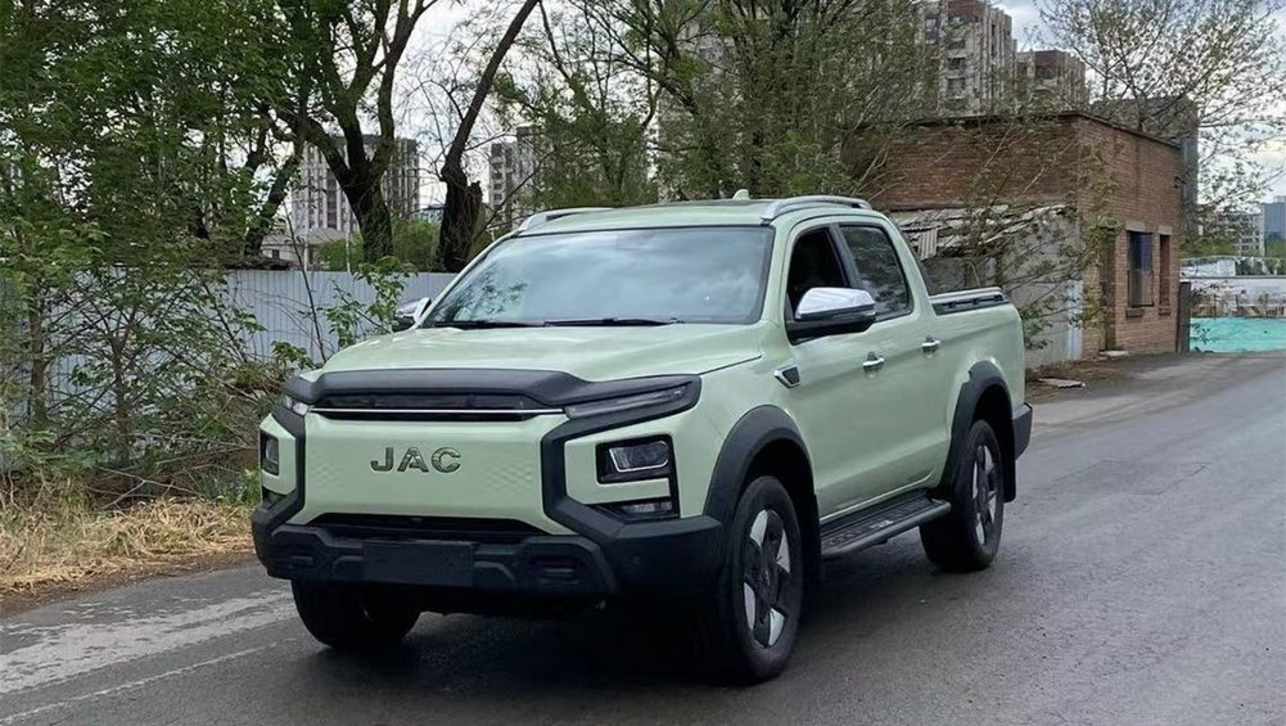Mercedes-Benz has finally lifted the lid on its new-generation C-Class sedan, which will land in Australian showrooms before year’s end to take on the BMW 3 Series, Audi A4 and Lexus IS.
The big news in the fifth-generation C-Class is that all versions will be electrified, with Mercedes adding a 48-volt mild-hybrid system across the petrol and diesel line-up.
What this means for the AMG-fettled C43 and C63 variants is yet to be seen, but rumours have persisted that the latter will make use of the A45 S’ 310kW/500Nm 2.0-litre four-cylinder petrol engine paired with some sort of electrification for boosted outputs.
The turbochargers have also been revised to incorporate the latest twin-scroll technologies for faster spool times and maximum efficiency, while a nine-speed automatic transmission is now standard across the range.
Petrol engine options overseas include a 125kW/250Nm 1.5 litre in the C180, 150kW/300Nm 1.5 litre in the C200 and a 190kW/400Nm 2.0 litre for the C300 – the latter two engines also available with 4Matic all-wheel drive.
Two diesel options are also available – both 2.0-litre units – with the C220d outputting 147kW/440Nm and the C300d punching out 195kW/550Nm.
Given the current Australian line-up consists of the rear-drive C200 and C300 only, expect diesels, the base C180 and 4Matic all-wheel-drive versions not to be available in local showrooms.
Fuel consumption for the rear-drive C200 ranges from 6.3-7.4 litres per 100km (depending on sedan or wagon), while the C300 returns a figure between 6.6-7.4 when tested using more stringent WLTP standards.
In terms of performance, the C200 will accelerate from zero to 100km/h in 7.3 seconds (7.5s for the wagon), while the C300 will need just 6.0s to hit the landmark time.
A plug-in hybrid electric vehicle (PHEV) variant of the new C-Class will also be offered, with an increased all-electric driving range of around 100km – nearly doubling the current C300e’s 52km range.
This is thanks to a larger 25.4kWh battery pack, which can be charged in as little as 30 minutes via a 55kW DC charger.
Dimensionally, the new C-Class sedan has grown in all aspects barring height, being 4751mm (+65mm) long, 1820mm (+10mm) wide, 1438mm (-9mm) tall and with a 2865mm (+25mm) wheelbase, which translates to more space for occupants.
From the outside, the new C-Class sports exterior styling akin to the second-generation CLA, while interior elements have been heavily borrowed from the 2021 S-Class limousine.
Mercedes’s signature three-pointed star grille returns, flanked by two slim LED headlights, while the bonnet features two power domes.
The more aggressive front fascia combines with a more ‘cab-backward’ design to increase the C-Class’ athletic stance.
Wheels available range from 17 to 19 inches to help fill the arches, while wraparound tail-lights, prominent exhaust outlets and a rounded-off bumper complete the rear-end design.
Inside, a large portrait-orientated touchscreen dominates the cabin, replacing the old car’s landscape multimedia system and central control dial.
This new touchscreen measures 9.5 inches as standard, but a larger 11.9-inch version is available as an option.
Both screens however, are slightly angled towards the driver to make operation easier, while functions include climate controls, Bluetooth connectivity, satellite navigation and drive mode selection.
Underpinned by the latest generation MBUX software that debuted on the S-Class, the new C-Class’ multimedia system can be customised to show ‘Classic’, ‘Sporty’ and ‘Discreet’ themes, while the ‘Hey Mercedes’ voice assistant makes its return for voice commands.
A fingerprint reader also features on some grades, allowing users to log in for recent destinations, emails and payment details.
Behind the steering wheel, analogue instrumentation is also replaced with another screen – a floating 10.25- or 12.3-inch unit – for driving data.
Being a Mercedes, the rest of the interior is decked out in soft-touch, high-end materials such as leather and aluminium, with options extending to an augmented reality video display and head-up display.
Likewise, advanced safety systems are at the forefront of the new C-Class, which boasts adaptive cruise control, autonomous emergency braking (AEB), surround-view camera, lane-keep assist, traffic sign recognition, and front and rear parking sensors, as well as improved passive crash protection.
Underpinning the new C-Class is a four-link axle at the front and multi-link axle in the rear, which has been tuned for a comfortable ride and agile handling, according to Mercedes.
Rear-axle steering is new to the C-Class though, which is available as an option and can reduce the turning circle by 43cm to 10.64 metres.
Full details on the Australian line-up are yet to be confirmed, but deliveries are expected sometime in the fourth quarter.







.jpg)
.jpg)
.jpg)

.jpg)


.jpg)


.jpg)
















.jpg)


.jpg)


.jpg)





Comments